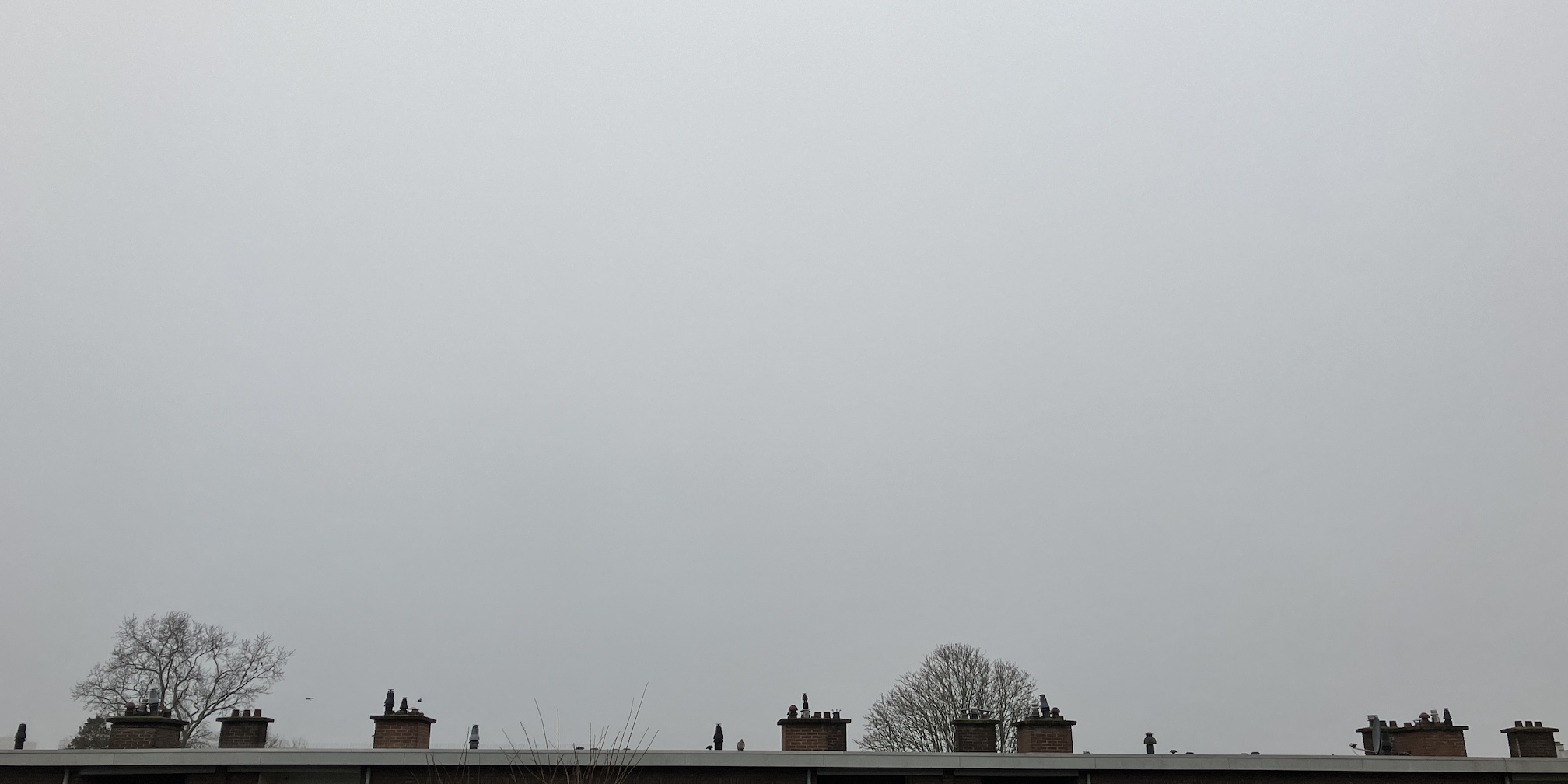
Hi, I'm Iljitsch van Beijnum. This page has all posts about all subjects.
benjojo reports:
At 7AM (UTC) on Tuesday May 20th 2025 a BGP message was propagated that triggered surprising (to many) behaviours with two major BGP implementations that are often used for carrying internet traffic.This caused a large number of “internet facing” BGP sessions to automatically shut down, causing at the very least some routing instability, and at worst brief loss of connectivity for some networks.
BGP implementations failing in various ways after seeing something incorrect/unexpected is definitely not a new thing...
Permalink - posted 2025-05-28
Bijna een halve eeuw later bestaat Teletext nog steeds in Nederland, waar de 101 toch het hoogste is wat je kan bereiken qua actueel nieuws.
Ik open de app meerdere keren per dag op mijn iPhone of iPad, en met enige regelmaat ook op mijn LG TV.
Soms moeten we toch stellen "less is more", waarbij de beperkingen uit de jaren '80 Teletext beter maken dan het wilde westen van het web.
Apparently Survivor season 50 will be all about fan choices.
As a fan of the American Survivor (much less so of the Dutch Expedition Robinson), I have some ideas on how to improve the program, for the most part based on what happened in the most recent season, number 47. I also recently watched Survivor: Cambodia — Second Chance (season 31).
I have two main thoughts on how to make Survivor better, and then a few smaller ones.
The first one: like with season 47 start with 3 tribes. Starting with 2 and then go to 3 like in season 31 makes for a tribe that is way behind in everything, which is definitely no fun to wacht. With season 47, the 3 tribes worked really well, probably for a large part because they were all competitive. A single tribe losing everything just sucks.
In season 47, there was no tribe switch-up before the merge. I'm thinking this is something you want most of the time, especially with returning players. In that case, I would want to go to two tribes at 14 players. So 7 players per tribe. With the 3-tribe start that means either after the fourth episode, or after the third episode where in that episode, there's two tribal councils.
In the first case, the options are 6-6-2, 6-4-4, 6-5-3 or 5-5-4 for the three different tribes. If the third episode has a double elimination (from two different tribes) the options are 6-5-3, 6-4-4- or 5-5-4.
I'd make the merge at 14. This means two tribes of seven. And then make sure it's not possible for any of the original three tribes to have a majority on one of of the two new tribes. So the original tribes that have 5 or 6 members, they pick a buff out of a bag containing 6. So no more than 3 members of an old tribe can be members of a new tribe. For tribes of 3 or 4, you pick out of 4 buffs, and for tribes of 1 or 2, it's whatever remains. So that means either of the new tribes is 3-1-3 or 3-2-2, so none of the original tribes has the majority on one of the new tribes, so inter-tribe cooperation is unavoidable, adding the drama we love so much, reducing the randomness that we don't like but is sometimes necessary.
I think it's useful to have two challenges before the first vote to make sure people have good information to vote on. So have a marooning challenge immediately and then an immunity challenge later in the episode. This way, failing challenge performance will be clearer.
A new advantage: the tie breaker. Use it at a challenge, or at a tribal council vote.
posted 2025-02-25



Image link - posted 2024-11-17 in